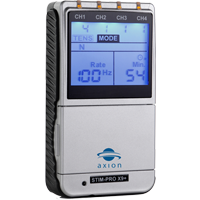TENS application for shoulder pain

Due to its functions, the shoulder joint has a very complex structure and unfortunately it is not uncommon for pain and tension to occur in everyday life. One way to relieve shoulder pain and shoulder tension without painkillers is a TENS device.
In the case of chronic shoulder pain, which can occur in rheumatic diseases, for example, the regular use of a TENS device has proven itself[1]. The electrical impulses from a nerve stimulator interrupt the transmission of pain through the nerves to the brain. This usually leads to pain relief very quickly. With TENS therapy you can treat shoulder joint pain, frozen shoulder, shoulder inflammation and shoulder pain[2][3]. Treatment with a TENS device can also help you with postoperative shoulder pain[4]. The TENS treatment also stimulates blood circulation[5], which can help you with tension or muscle hardening.
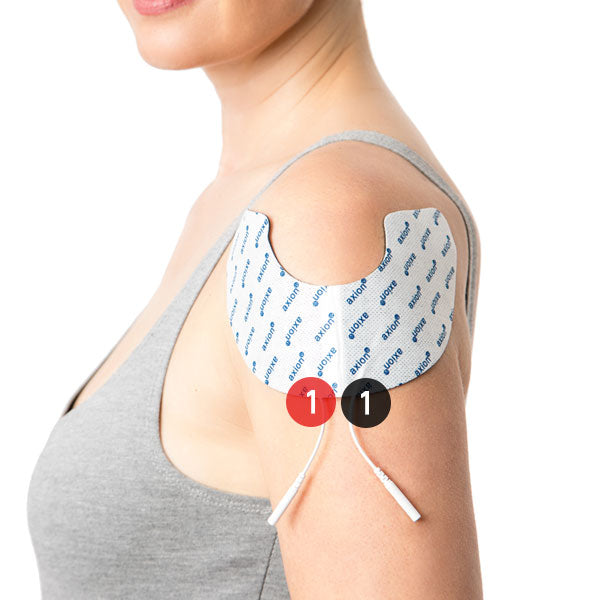
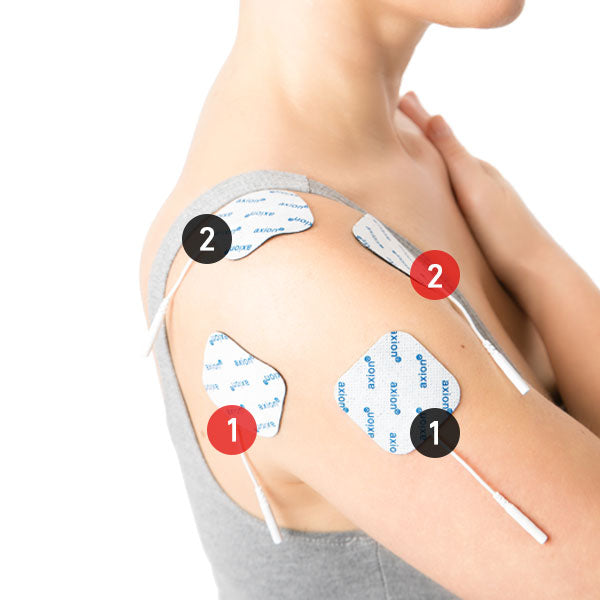
-

This guide is for orientation purposes and does not replace the supervision of a doctor or therapist. Please follow the warnings and safety instructions of your device. Changes and errors are possible.
-

Number inside the circle: Channel number
Circle color: Red = Electrode 1, Black = Electrode 2
The recommended programs for axion TENS units
The STIM-PRO Eco is a manual TENS device. If you have not received parameter settings from your therapist, please use a frequency range between 70 and 120 Hz (burst mode 2 Hz) and a pulse width range between 150 µs and 200 µs.
Please note when using TENS:
The intensity should be adjusted so that it is felt as a pleasant tingling sensation. The duration of the application should be approx. 40 minutes in order to be able to achieve a lasting reduction in pain. It also makes sense to switch programs every now and then.
Where does shoulder pain come from?
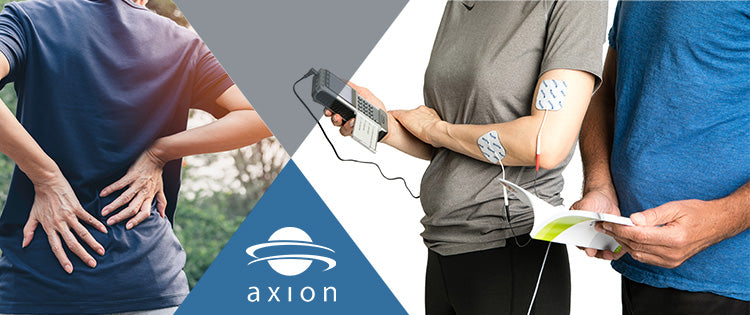
Video tutorial for TENS application for shoulder pain
The advantages of pain treatment with TENS
-

From everywhere
You can use TENS therapy anywhere. It doesn't matter whether you're sitting comfortably on the sofa or in the office.
-
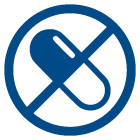
Drug free
TENS pain therapy is an alternative to drug pain treatment
-

At any time
You can use TENS flexibly and at any time. Success can already be achieved after the first treatment
-

Free of side effects
When used correctly, pain treatment with TENS has practically no side effects
Studies and scientific sources





